New How-To Manga book in the works!
For those that don't know, I'm currently working on a new How-to-Draw Tutorial book relating to manga and character art. 113 pages down with another 15 to get done by the end of the year!
My first book 'The Art of Drawing Manga' came out 12 years ago. I still have people come up to me or message to say how much it helped them when they were starting along their artistic journey. Even though back in 2003 I didn't feel I was at an artistic level to be teaching how to draw, I always hoped that it might at least inspire a few beginners to give it a go and I could provide a few words of wisdom and tips and I'd picked up along the way. I'm glad it could help so many :)
For 2016 I'd like 'The Artist's Guide to Drawing Manga' (TAGTDM) to help a new generation of fans learn some useful techniques to create their own manga inspired artwork. Unlike with Youtube tutorials or tutorial web pages in general, my latest book provides the opportunity to detach from the internet and take some time to read through a dedicated resource housing several key learning guides or chapters all in a single package. TAGTDM allows users to either flick through, dip into, or follow from start to finish.
It's better to read a book than browse online
While researching parts of the book via the internet I found a lot of free manga art content online, some of it totally awesome! Although there's also a far more poor quality information which isn't very concise, well written or explained, and so much is scattered throughout the web at different locations. I might find a great tutorial on how to draw a manga eye, but then might need to spend a fair while looking for a tutorial which shows how create a full manga page, then more time finding tips on how to ink or colour my work digitally, or answers certain questions I might have.
Web tutorials are often given by different artists who have different approaches to their work, making things confusing for newbies. And they may not have the time to be particularly concise, or have their words copy-edited by someone else.
Along with my near 30 years of love for games, comics and animation, I'd expect that if any beginner were to follow TAGTDM from start to finish they'd definitely level up and increase their skills and knowledge. I'd imaging even artists with some experience would be able to gain a few insights also.
Even if people already own a how-to-draw book, or 10, a fresh reminder of how it can be done or reading a different professional artist's take on it can always help :)


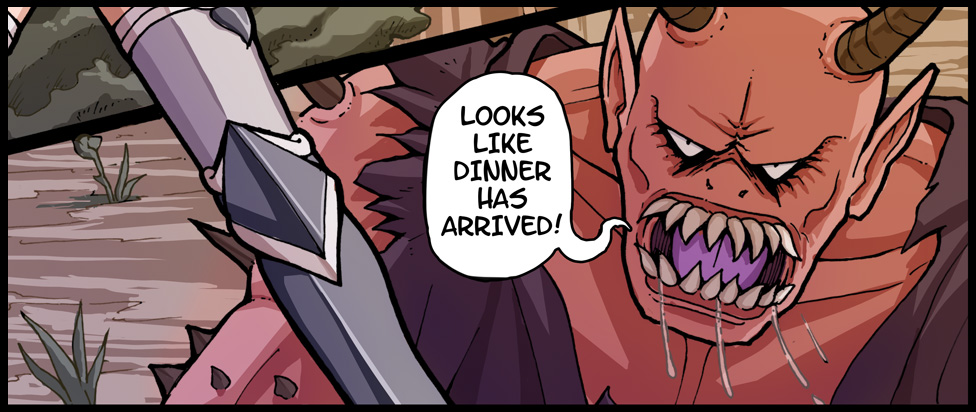

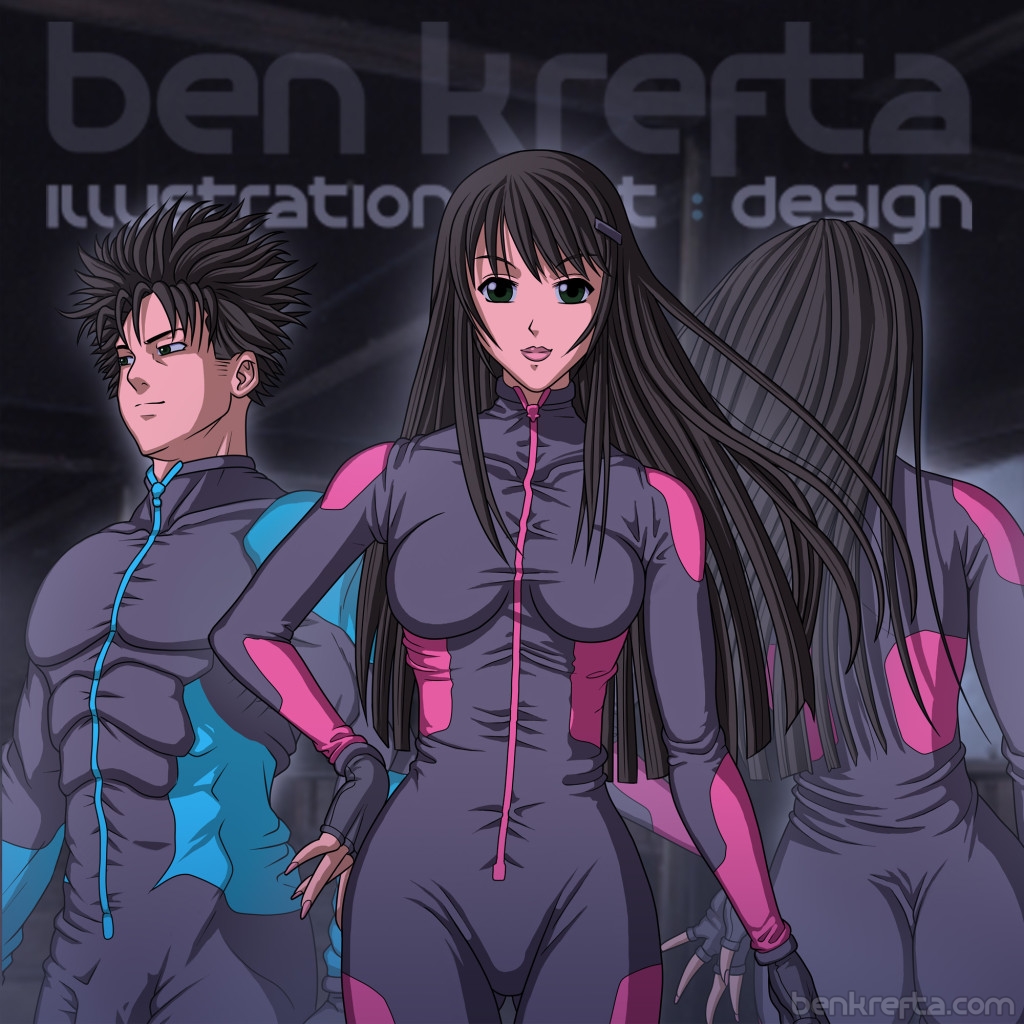
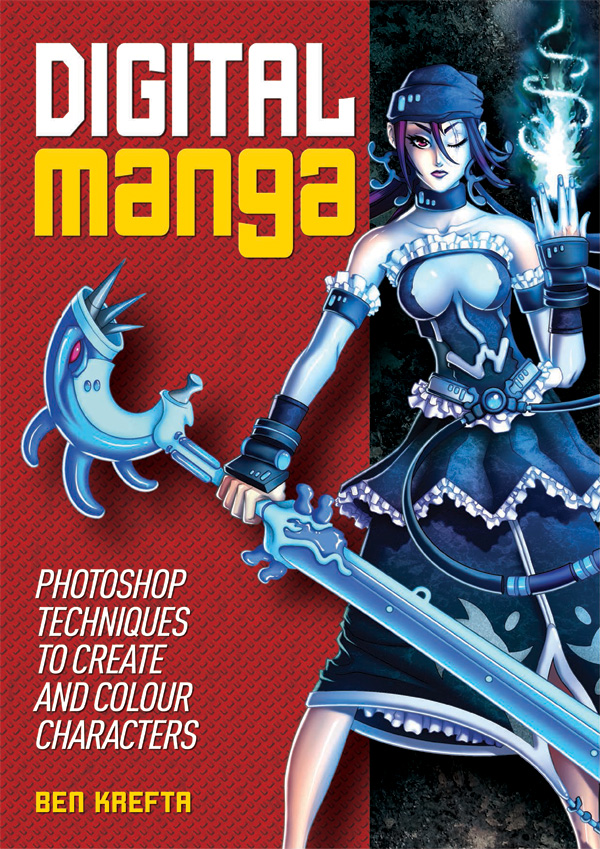
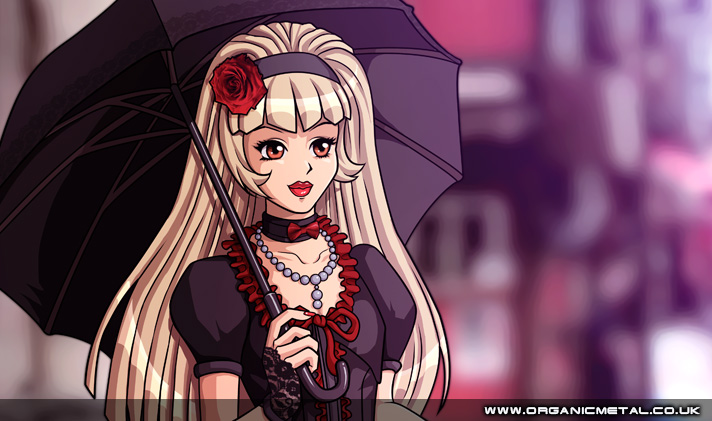
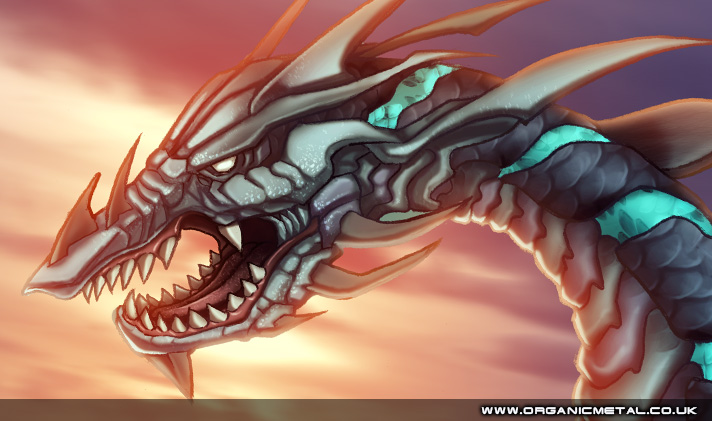
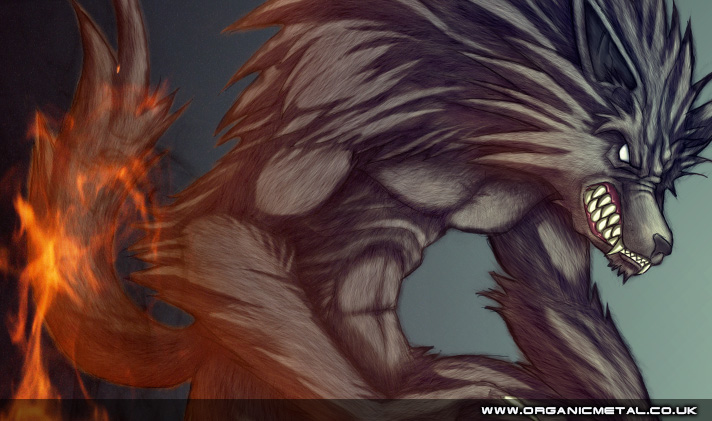

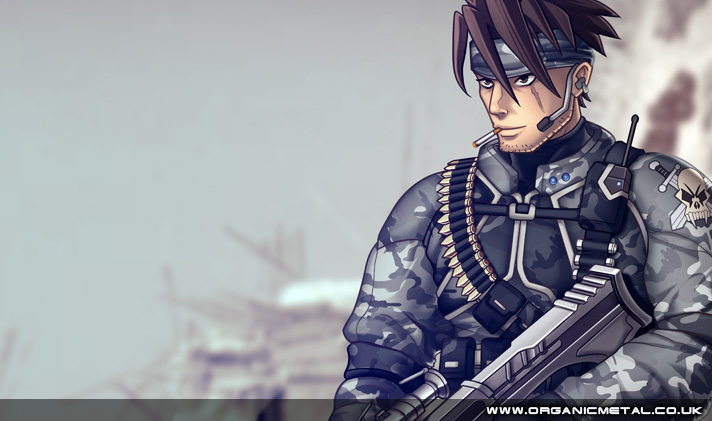

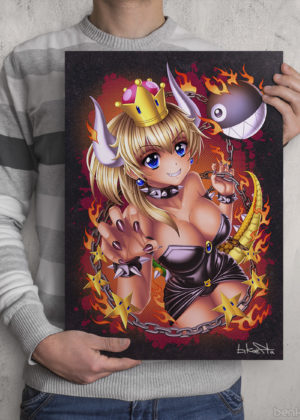




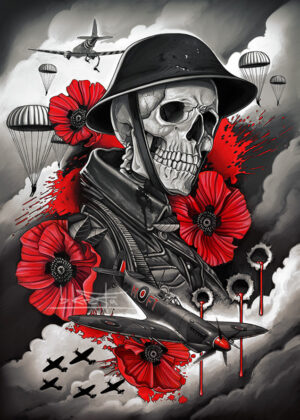
 RSS – Posts
RSS – Posts